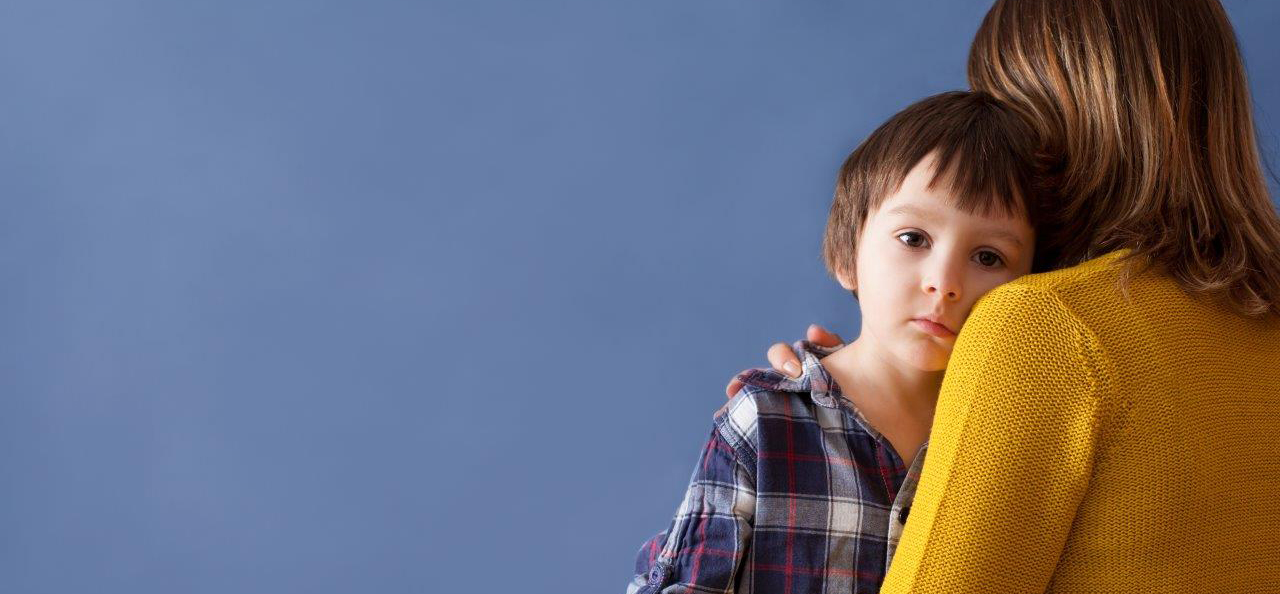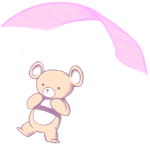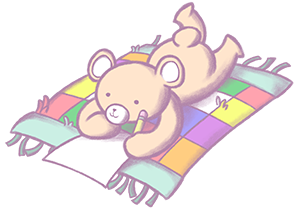
Children are diagnosed with an anxiety disorder after being evaluated by a mental health professional and meeting the criteria of the DSMIV-TR criteria.1
The National Institute of Mental Health2 also explains several types of anxiety disorders on their website.
Here is a basic overview of the main types of anxiety disorders. This list is not comprehensive, but it gives general information about some of the most common anxiety disorders affecting children.
Agoraphobia
Taken from the Greek word “agora” meaning an open public space, agoraphobia usually means fear of being in public, away from home, or one’s safe place or safe person. A child with agoraphobia typically avoids a place or situation where she feels trapped or helpless. A child with agoraphobia often feels she will do something to embarrass herself and not be able to get away. Some common places where a child might feel are agoraphobic include the mall, a movie theater, classroom, store, etc.
Generalized Anxiety Disorder
Children with generalized anxiety disorder exhibit excessive fear and worry for a long period of time. Symptoms include feeling always on edge, irritable, having trouble sleeping or concentrating and having muscle tension, headaches or digestive issues.
Obsessive Compulsive Disorder
Children with OCD have persistent recurrent fears or compulsions, usually surrounding food, germs or routines. Many children with food allergies become obsessive in their need to control food or the environment they eat in to keep themselves safe.
Children with OCD usually have a great need for order, routine, for arranging objects or their routines in a specific manner, and are unable to tolerate things being out of order. These obsession usually lead to compulsions. For example, a child who has to wash his hands exactly 58 times before a meal, or a child who has an elaborate “checking” ritual before going to bed (making sure doors, windows are locked, stove off, lights off, stuffed animals in a specific order in bed, etc.
Panic Disorder
Children with panic disorder have sudden burst of panic which includes many physical symptoms like racing heart, sweating, tingling of the extremities, lightheadedness and emotional feelings like feeling detached from reality or being afraid of dying.
Post-Traumatic Stress Disorder (PTSD)
Children are diagnosed with PTSD when they have persistent fears and trouble recovering after they have experienced or witnessed a traumatic or scary event.
This can include children who have survived natural disasters like tornados and hurricanes, or children who have experienced or witnessed violence.
Common symptoms of PTSD include nightmares or flashbacks about the incident, fear and avoidance of people or places that trigger feelings of the traumatic event.
Social Anxiety Disorder/Social Phobia
Children with social anxiety disorder fear common, everyday social interactions like talking to peers, eating in front of others, or writing their name on paper. They may fear offending another child, be easily embarrassed or afraid that they are constantly being judged.
Specific Phobias
Children diagnosed with specific phobias have a specific fear of an object or a situation. Common childhood phobias include spiders, monsters, dogs, strangers, darkness, bugs, blood or injury, being left alone.
1Diagnostic and Statistical Manual of Mental Disorders (DSM-5) American Psychiatric Association, Arlington, VA
2National Institute of Mental Health (https://www.nimh.nih.gov)

By signing up, you’ll also receive your free guide with 20 ways to comfort your child…mind, body and spirit.



 in Ohio
in Ohio